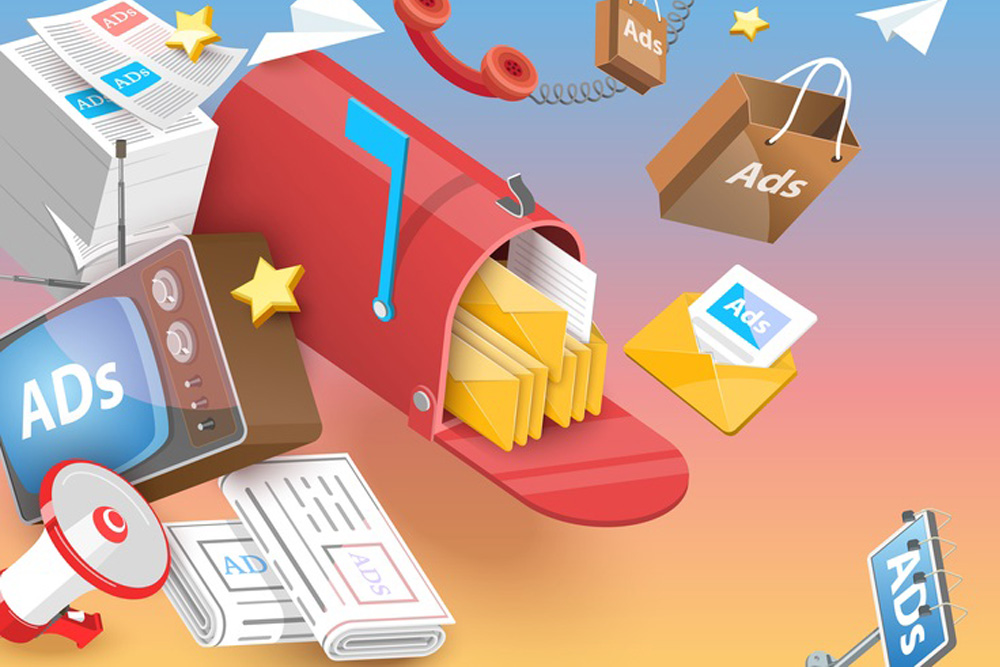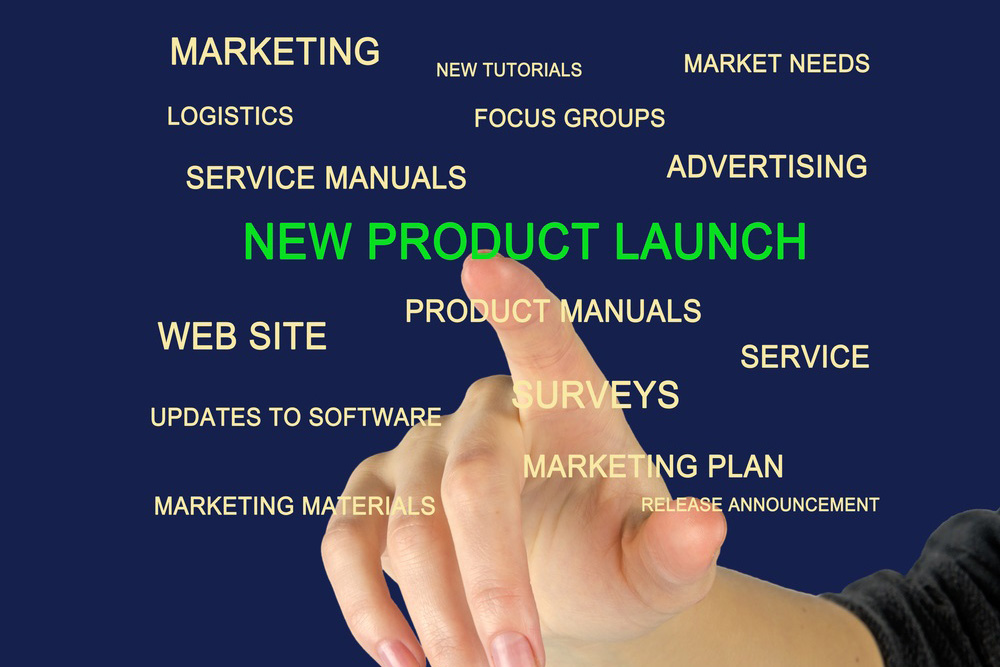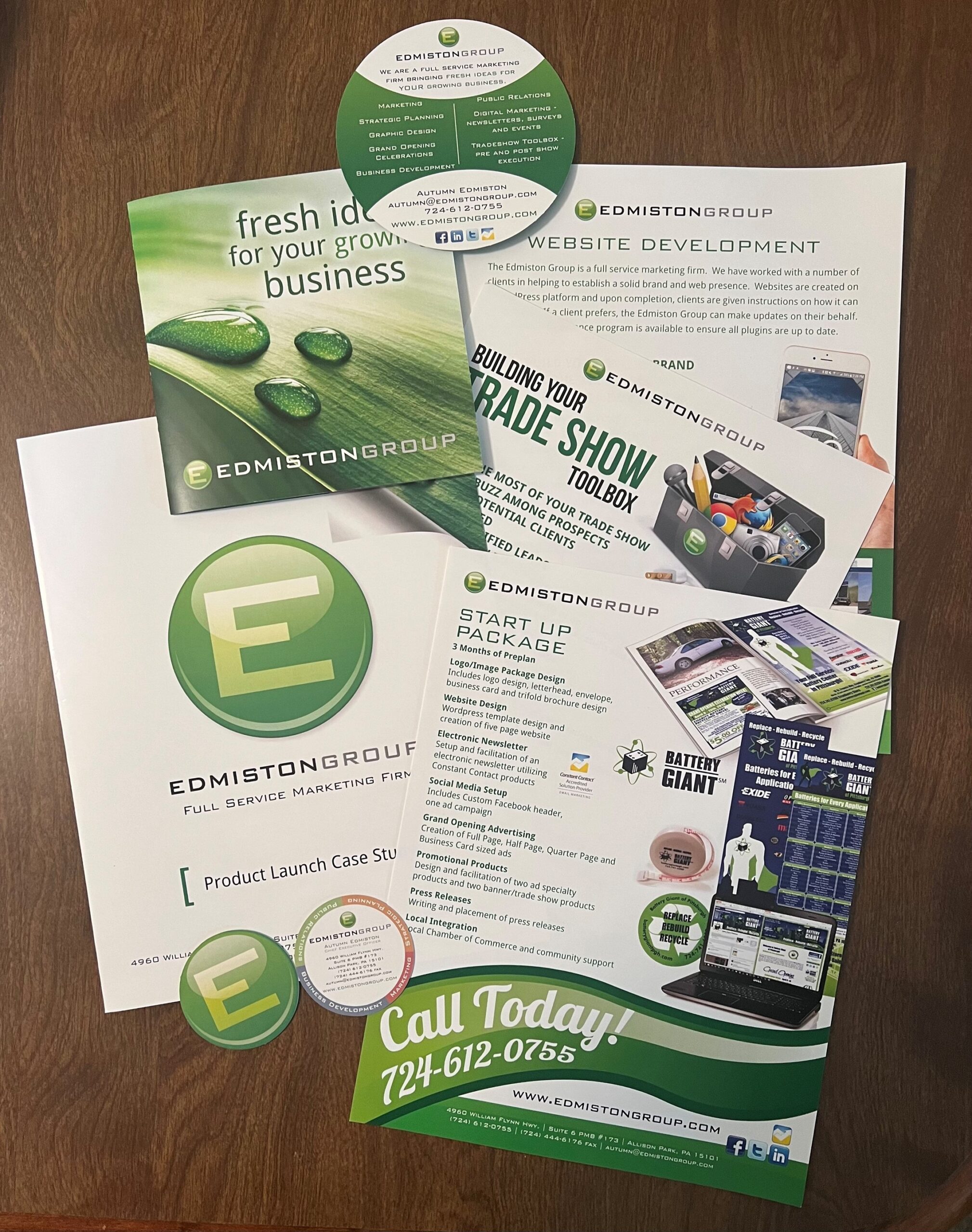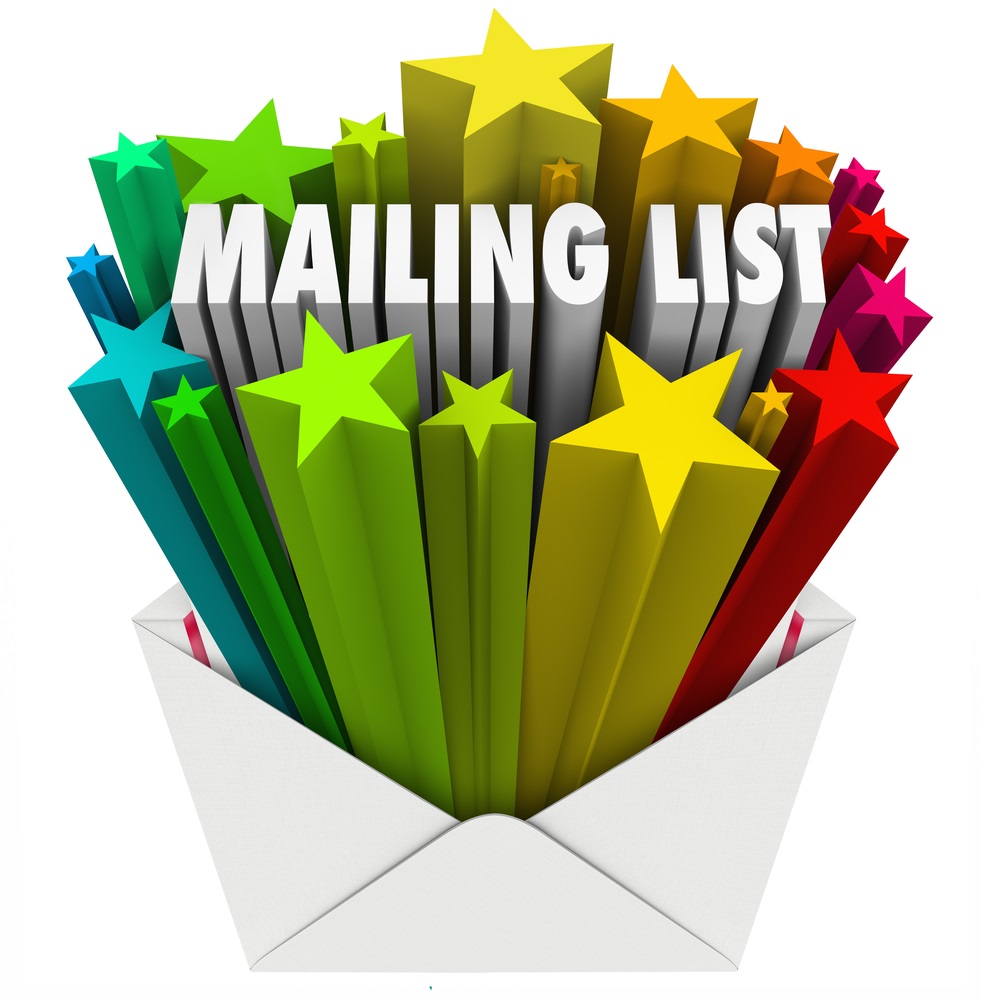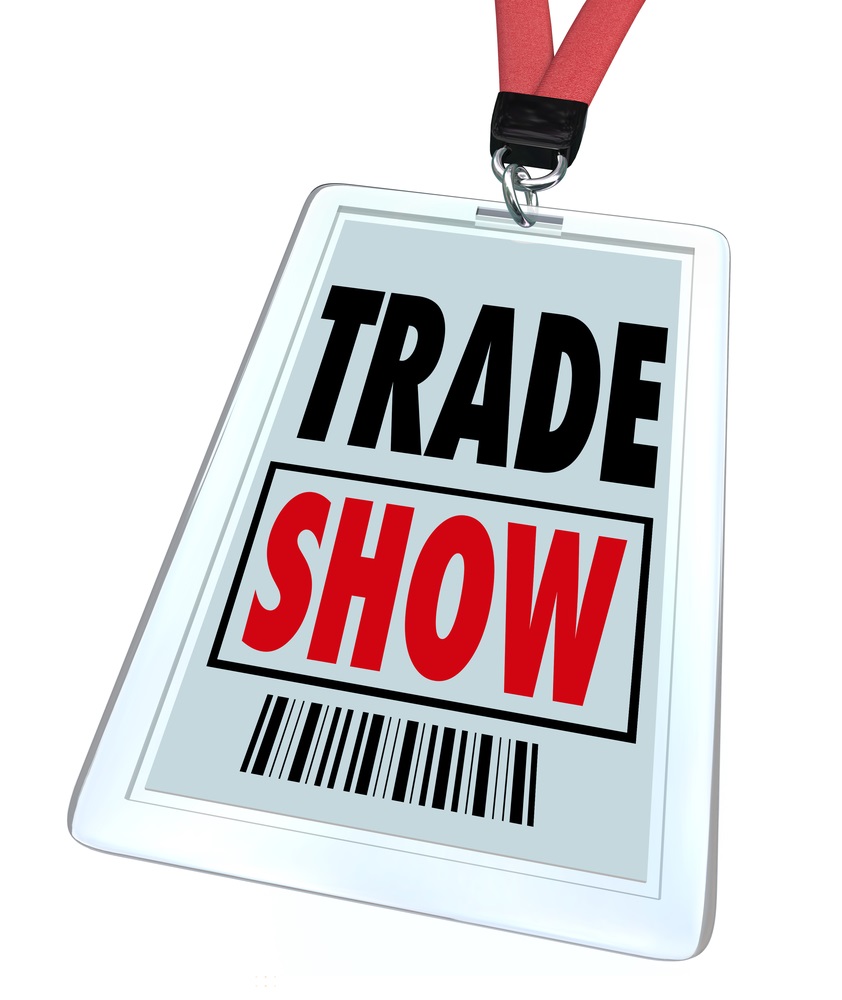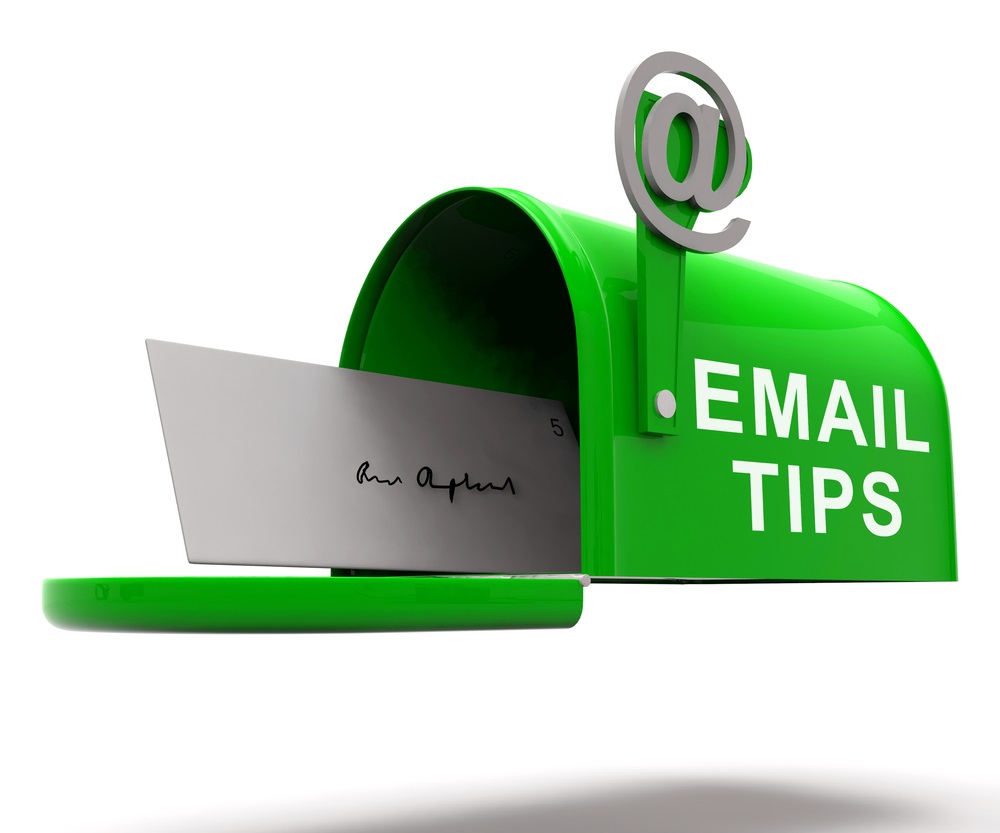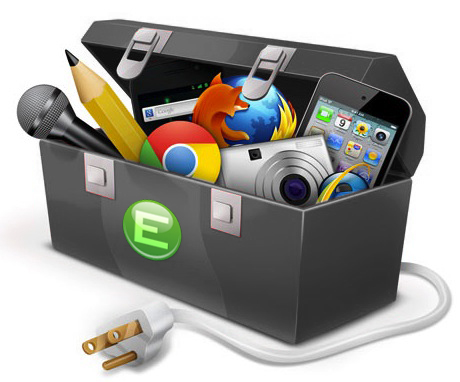Social media and digital marketing have been the focus of many marketing plans for over ten years. And while many companies continued to use traditional advertising, many looked to the cost-saving convenience of online marketing and advertising.
However, over the years, the digital landscape changed. Each platform became more complicated. Online advertising became very expensive. Suddenly, we realized that we needed to hire teams or know how to manage copy, create graphic assets, use social media schedulers, and read analytics. That’s just the tip of the iceberg of all the work, time, and resources that can go into a digital-only presence.
As the landscape changed, privacy laws instituted new technological requirements, different audiences leaned towards different social platforms, and the amount of noise skyrocketed. That’s why it’s all the more important to know and connect with your audience as discussed in our blog How to Connect Authentically with Your Audience. It’s critical to target your message to cut through the noise.
It’s also smart to have a two-fold approach. What does this mean? It means having both digital marketing and traditional advertising in your marketing plan.
So, what is traditional advertising? Traditional advertising is any form of marketing that does not use online media to reach an audience. Basic examples of traditional advertising include newspaper ads and print ads, billboards, direct mail, TV and radio advertisements. There has recently been a shift to direct mail. My client has had good success with the right letter by drilling down to a target audience to include not only demographics but FICO scores as well.
Although traditional advertising has taken a back seat to online digital marketing, it remains an effective avenue for boosting your brand. Traditional advertising creates opportunities to reach a large audience in ways that digital marketing cannot. The emotional impact of traditional advertising should not be underestimated. Television and radio, in particular, offer the opportunity to engage audiences on a visceral level through storytelling, music, and visuals. These emotional connections can leave a lasting impression, making your brand more memorable in the minds of consumers.
3 Advantages Of Traditional Advertising
1. Connection With Your Local Audience
Building a connection with your local audience can create a bond that makes them feel appreciated and know that you have a genuine interest in their wants, needs, well-being, and lives. This connection will help them feel they are understood… and who doesn’t like to feel understood and appreciated?
Today’s consumers rely on relationships more than ever when deciding on how to spend their money. So, why not create the best relationship you can with your audience?
With traditional advertising tactics such as marketing collateral, newspaper ads, local TV commercials or billboards, your company will be seen in the heart of your community and your efforts to reach your target audience will feel more organic and less business-like.
2. Sustainable Promotional Materials
Have you noticed that when you are online, you are constantly receiving promotional materials? Sometimes, a company may post online two or three times a day to keep in front of you and garner your attention. However, this can be a bit overwhelming and even annoying.
Traditional methods of marketing are more sustainable and leave a longer impression on your audience. They also can reach a diverse audience across all demographics. You can also achieve more efficiency by using the same TV commercial, flyers, business cards, or brochures over and over again. You design them once, use them, and update them when needed. Therefore, you don’t have to constantly produce new material and promote your product or service with a frequency that is difficult to manage.
3. Traditional Advertising Establishes Credibility
Consumers are spending a lot of their time online and it seems they are becoming increasingly frustrated with the chaos of digital advertising. With so much digital advertising, consumers are forming a negative association with the company’s brand, service, or product. Digital advertising oftentimes can create a barrier and prevent the consumer from reading an article, watching a video, or browsing a website. According to a Hubspot survey, 57% of participants disliked ads that played before a video and 43% didn’t even watch them. As a result, companies are looking for ways to set themselves apart and cut through the noise and clutter.
While digital channels are susceptible to the perception of fake news and online scams, traditional mediums, such as print and television, often carry a sense of more legitimacy and authority. Printed material and ads are typically viewed as more trustworthy. Why? A company that can place ads in print media such as a magazine or newspaper, or in a commercial on television and radio, is perceived to have the financial means to do so. So, the consumer’s perception is that if the company has the money to do so, the company is growing, successful, and stable.
“With the rise of digital advertising and social media, there was an assumption of the demise of traditional advertising. However, traditional advertising is alive and well!”
Traditional and digital advertising, when used together, can broaden your reach, build more credibility, resonate brand presence, and motivate buying from consumers who otherwise might not watch or listen to digital marketing messages.
Every company uses advertising in one form or another to help promote their business. Are you targeting the right publications? Do your ads contain strong calls to action? If you need help putting your advertising strategy in place, give the Edmiston Group a call at 724.612.0755. We can measure the effectiveness of your advertising plan and make adjustments to drive more success for your business.
About the author: Autumn Edmiston is the CEO and owner of the Edmiston Group. The Edmiston Group is a multifaceted Pittsburgh-based marketing consulting firm providing senior-level marketing management services to businesses and non-profit organizations on a short or long-term basis. Core areas of service are business development strategies, website creation and management, social media management, marketing, strategic planning, and public relations. The Edmiston Group has consistently delivered and implemented real-world, proven business marketing ideas and strategies for business.


